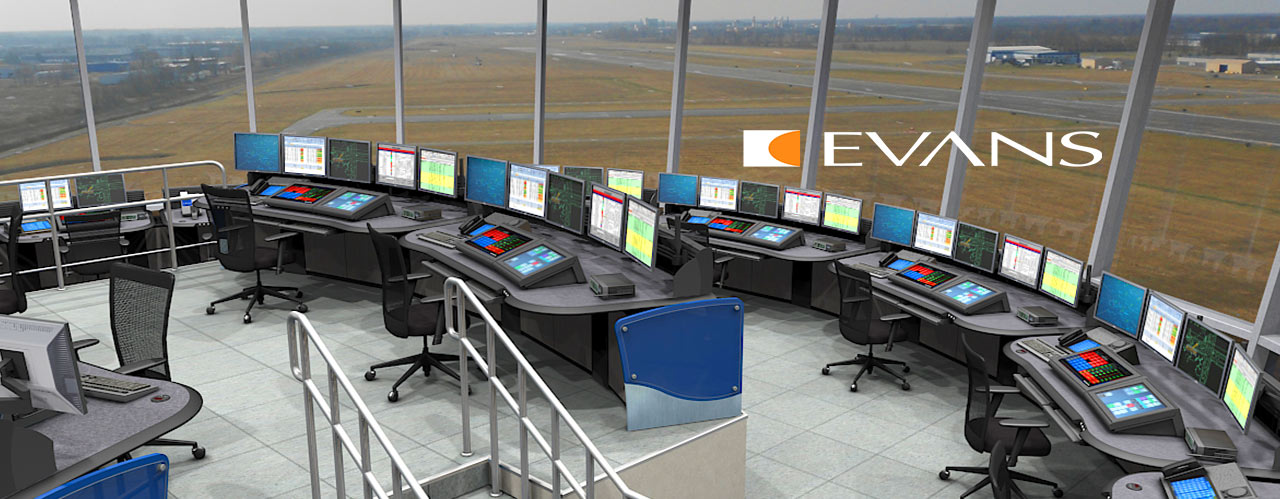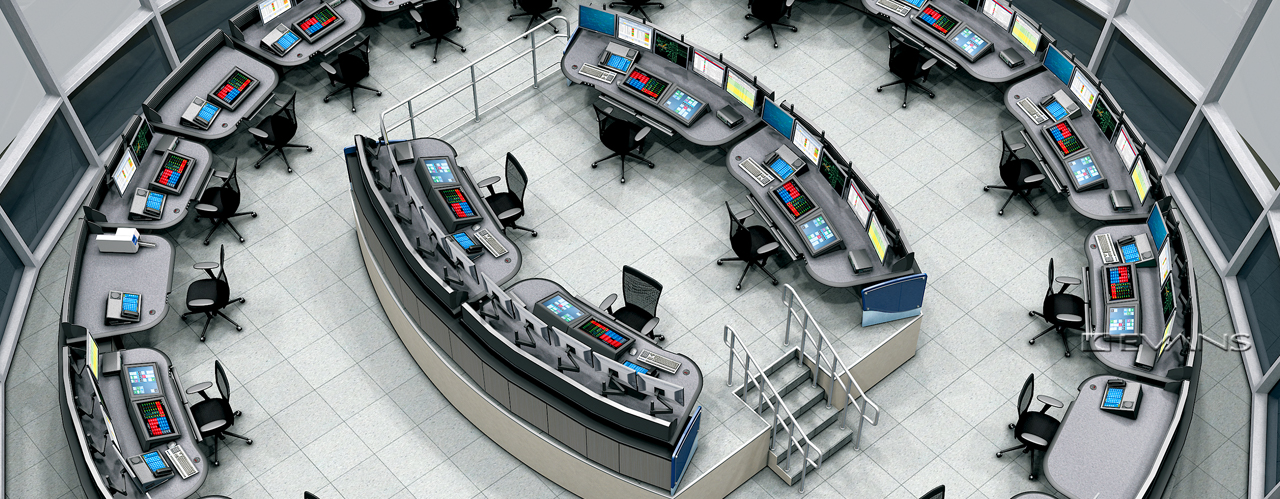Air Traffic Control (ATC) tower operators face many challenges, the job is a stressful one. Controllers juggle many tasks and they must continually be vigilant to safely monitor both the runways and taxiways below. Physical sightlines are one of the most significant sources of information, ensuring controllers communicate effectively with pilots and other personnel.
Unfortunately, Tower sightlines are not always perfect and do not remain constant. Several factors can impact observations including weather, distance, and obstructions. Sightline factors come into play both externally and within the Tower itself. Regardless of the challenges faced, airport operations need to continue, and technology has evolved over the years to assist controllers in tackling these problems.

With current ATC console designs, monitors and equipment are placed out of the physical sightlines to provide an unobstructed view of the runway below, and new technology is expertly positioned to be readily available for poor weather conditions or visibility issues. Monitors can provide relevant information, such as surface movement radar systems and advanced visual systems, allowing the controllers easy access to digital data and ultimately better information for aircraft control.
As airport growth continues, many Air Navigation Service Providers (ANSPs) are considering expansion of ATC operations including providing Control Tower operations where none may have existed previously. The Remote Tower concept leverages state-of-the-art visualization technology to replace the physical infrastructure of a brick and mortar building, presenting an enticing business case for many ANSPs around the world. While there is a great deal of focus paid to the visual technology required to operate under all conditions at any time of day, one area that may not have had as much examination – is the actual control room of the Remote Tower. With all of the out-the-window visualization being provided by technology, rather than by physical observation, it’s easy to forget that the Remote Tower, is still a “Control Tower” requiring many of the same needs as a traditional ATC Tower.

We’ve come up with the 10 most important considerations that ANSPs should closely examine…so without further delay here are the Top Ten.
A wide range of knowledge and experience is needed to properly consider the total physical environment for the Remote Tower control room. While technology is key to operational success, the control room layout and design are just as crucial in a Remote Tower and need to be well thought out before execution.
Thanks for reading our top 10 considerations for Air Navigation Service Providers. For more on our ATC solutions and products refer to these pages on our website:
As always, feel free to reach out to us with any questions you may have. Have a great day!
Subscribe to our blog today for expert tips, news, and insights on the control room industry.